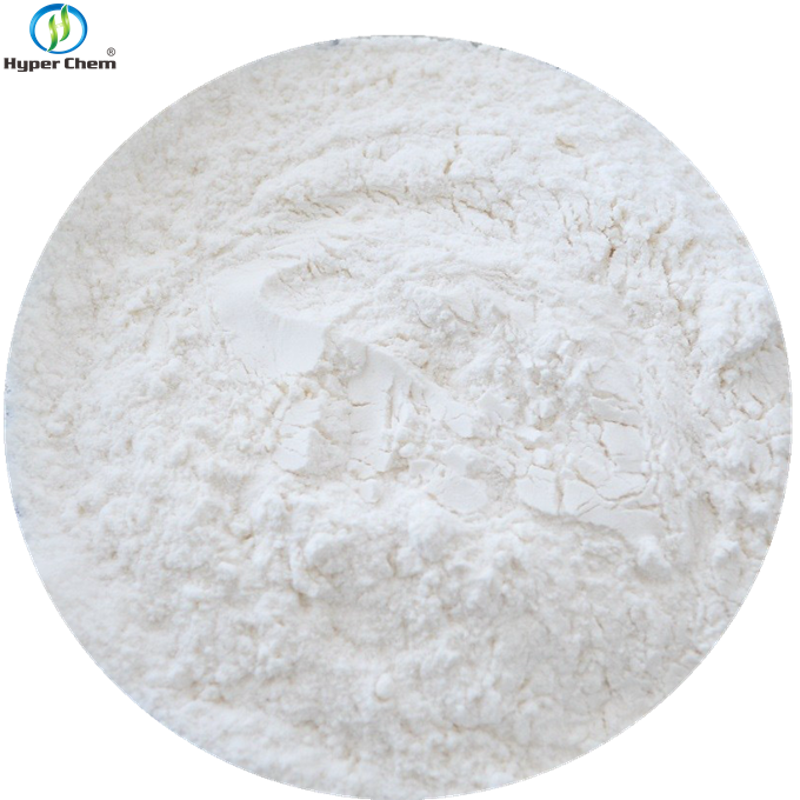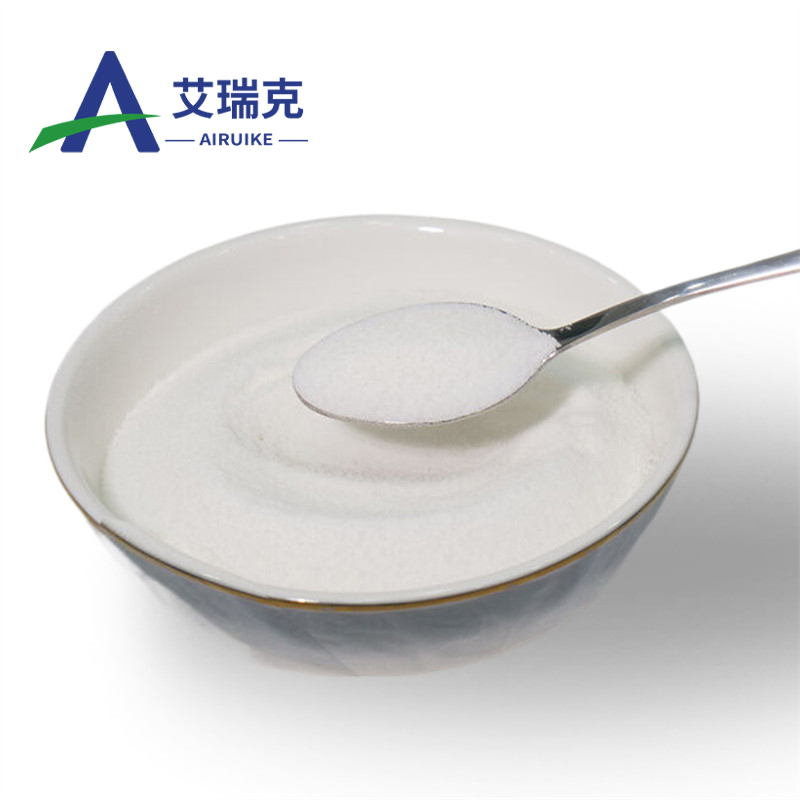-
Categories
-
Pharmaceutical Intermediates
-
Active Pharmaceutical Ingredients
-
Food Additives
- Industrial Coatings
- Agrochemicals
- Dyes and Pigments
- Surfactant
- Flavors and Fragrances
- Chemical Reagents
- Catalyst and Auxiliary
- Natural Products
- Inorganic Chemistry
-
Organic Chemistry
-
Biochemical Engineering
- Analytical Chemistry
-
Cosmetic Ingredient
- Water Treatment Chemical
-
Pharmaceutical Intermediates
Promotion
ECHEMI Mall
Wholesale
Weekly Price
Exhibition
News
-
Trade Service
Neurological physical examination
Examination materials: percussion hammer, cotton swab, pin, tuning fork, bigauge, torch, tongue depressor, fundoscopy, near eye chart, test tube
.
General examination
(1) State of consciousness
Drowsiness: a state of sleep, awakened
by slight stimulation.
Drowsiness: Sleepy: Sleepy, strong stimulation can wake up simple answers
.
Coma: Unable to wake
up.
(2) Mental state
Including comprehension, calculation, orientation (temporal and spatial orientation), judgment, attention, etc
.
(3) Meningeal irritation signs
Neck flexion test: lie on your back, hold your head up with one hand, pay attention to whether there is resistance in the neck, and rule out cervical spondylosis
.
Kerning: is one of the meningeal irritation signs, which is positive for meningeal and nerve root irritation, which can be seen in intracranial infection, subarachnoid hemorrhage, radiculitis, intervertebral disc herniation, and spinal canal drug injection
.
Brudzinski: All subarachnoid infections (meningitis, encephalitis, etc.
), bleeding, etc.
can be positive, but can be negative
in deep coma.
Second, cranial nerve examination
(1) Olfactory nerve
Ask the patient about subjective sensory impairment
first.
The patient is instructed to close his eyes, and the examiner presses one nostril with his hand, places it on the other nostril with such a soap or cigarette, and instructs the patient to say the smell
he smells.
(2) Optic nerve
Visual acuity: International standard eye chart
.
Visual field: manual comparative examination method roughly determines the visual field, and if necessary, the visual field meter is measured
.
Normal range: nasal side 65°; 56° above; temporal side 91°; 74°
below.
Fundus examination: fundoscopy
.
Fundus attention: shape, size, edge, color, blood vessels and bleeding points of the optic nerve papilla
.
The optic nerve papillae of the normal fundus are round or oval, with clear edges, reddish color, and clear
physiological depressions.
The arteries are red in color, the veins are dark, and their ratio is 2:3
.
(3) Oculomotor movements, trochlea and abductor nerves
Appearance: Observe the size of bilateral eye fissures, whether they are symmetrical, whether there is ptosis, bulging eyeballs, strabismus
.
Eye movement: move in 6 directions: left, upper left, lower left, right, upper right, lower right, and finally check the spoke movement to observe whether there is limited eye movement, double vision, nystagmus
.
Pupils and reflexes
(4) Trigeminal nerve 1.
Motion:
2.
Feeling:
Check the three senses of pain, touch and temperature in the distribution area of the trigeminal nerve, and compare the two sides and inside and outside to observe whether there is allergy, decrease or disappearance
.
3.
Reflection:
(5) Facial nerve
1.
Hemifacial exercises:
2.
Taste (2/3 of the front tongue):
Sour, sweet, bitter, salty
.
(6) Auditory nerve
1.
Cochlear nerve:
2.
Vestibular nerve:
Hot and cold water test, swivel chair test
.
(7) Glossopharyngeal nerve and vagus nerve
1.
Exercise:
2.
Taste (1/3 behind the tongue):
Examination of the same facial nerve
.
3.
Feeling:
A cotton swab gently touches the soft palate and posterior pharyngeal wall
.
4.
Reflection:
(8) Accessory nerves
The patient is instructed to turn the neck and shrug the shoulders to both sides against resistance, and to check the function of
the sternocleidomastoid and trapezius muscles.
(9) Hypoglossal nerve
Observe for tongue deviation, tongue muscle atrophy, and fasciculation
.
Third, the motion system inspection
(1) Muscle volume and nutrition
Observation, touch, symmetrical limbs, trunk and facial muscle shape and volume, whether there is muscle atrophy, pseudohypertrophy and its distribution range
.
(2) Muscle tone
It is the tension of the muscles in a resting relaxation state and the resistance encountered during passive joint movement, including increased muscle tone and decreased
muscle tone.
(3) Muscle strength
It refers to the contractility of the muscles during the patient's active movement, and generally examines the extension
, flexion, adduction, abduction, pronation and supination of the muscle group with the joint as the center.
Muscle strength level 6 (0~5 levels) recording method:
Note: Limitation
of motion due to pain, joint rigidity, or hypertonia must be excluded.
(4) Freemasonry
1.
Finger and nose test: instruct the patient to abduct one upper limb, touch the tip of the nose with the straight index fingertip, and repeat it with different directions, speeds, eyes open and closed, and compare
the two sides.
2.
Rapid rotation test: the patient is instructed to quickly pronatate and sulate the forearm, or to pat the opposite palm
with the palm and the back of the hand continuously with one hand.
3.
Heel knee shin test: the patient takes the supine position, lifts one lower limb to a certain height, places the heel on the opposite knee, and then moves
down along the anterior edge of the tibia.
4.
Romberg sign: The patient is instructed to stand with his feet together and his hands stretched forward horizontally while closing his eyes
.
(5) Involuntary movement
(6) Postural gait changes
Observe the patient for abnormalities
in sitting, lying down, standing, and walking.
Note: In addition to being related to the cerebellum, ataxia is also involved in vision and deep sense, so you should open your eyes and close your eyes once during examination; This test is of little significance
in patients with hypotonia, abnormal muscle tone, and involuntary movement.
Fourth, sensory system examination
During the examination, the patient closed his eyes, compared the left and right and the proximal distal, checked the normal part from the perceived missing part, and checked from the distal end of the limb to the proximal end
.
(1) Shallow sensation
Pain, touch, temperature
.
(2) Deep feeling
1.
Kinesthetics:
With the patient's eyes closed, the examiner gently pinches the sides of the patient's fingers or toes with his fingers, moves them up and down by about 5°, and instructs them to say the direction of
movement.
2.
Positional awareness:
The patient closes his or her eyes and the examiner poses one limb in a pose that patient describes or imitates
with the contralateral limb.
3.
Vibration sensation
4.
Pressure perception
(3) Composite (cortical) sensation
1.
Localization:
Instruct the patient to close their eyes, touch the patient's skin with a finger or cotton swab, and ask them to point out the touch
.
2.
Two points of discrimination:
Instruct the patient to close their eyes, use blunt foot gauges, touch the skin at a certain distance, and if the patient can feel two points, then reduce the distance between the feet until they feel one point
.
Normal: fingertips 2~4 mm, dorsum 4~6 mm, back of hand 2~3 cm, torso 6~7 cm
.
3.
Graphic sense
4.
Sense of Solidity
5.
Weight sense
5.
Reflex examination
(1) Deep reflection:
A response to
muscle contraction caused by stimulation of tendons and periosteum.
1.
Biceps reflex (C5-6)
2.
Triceps reflex (C6-7)
3.
Radial reflection (C5-6)
4.
Knee reflex (L2-4)
5.
Ankle reflex (S1-2)
Description of strength: disappearing (-), weakening (+), normal (++), hyperactive (+++), clonic (++++).
6.
Clonus: (1) patellar clonic; (2) Ankle-clonic
.
7.
Hoffmann sign (C7-T1)
8.
Rossolimo sign
(2) Shallow reflection
1.
Abdominal wall reflex (T7-12)
2.
Crediretic reflex (L1-2)
3.
Plantar reflex (L1-2)
4.
reflex (S4-5)
(3) Pathological reflexes
1.
Babinski sign
2.
Babinski isometry: (1) Chaddock sign; (2) Oppenheim sign; (3) Gordon's sign; (4) Gonda sign; (5) Pussep sign.
3.
Orbicularis orbicularis reflex
4.
Strong grip reflex
6.
Autonomic function examination
(1) General inspection
1.
Mucous membranes
2.
Hair and nails
3.
Sweating
(2) Visceral and sphincter functions
(3) Autonomic reflexes
1.
Hair erection test
2.
Skin scratch test
3.
Lying position test
4.
Sweating test
5.
Ocular reflex and carotid sinus reflex







